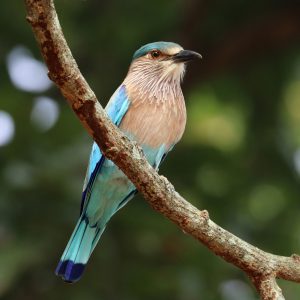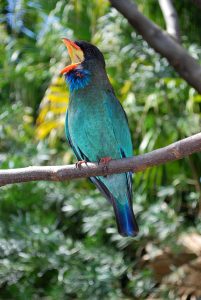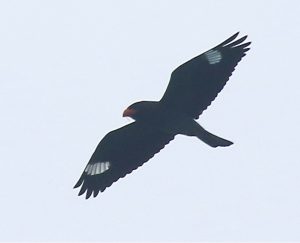Roller and Dollar (Coraciidae)
Rollers inhabit warm regions from Europe and Africa to Australia. Most rollers are some combination of blue, violet and brown in color. The two inner toes on their feet are connected, and they have small bills and medium to long tail feathers.
Diet
They feed on locusts, flying ants, and lizards.
Behaviour
they are essentially terrestrial, especially when feeding, and usually encountered singly or in pairs. In the breeding territories, they are noisy and conspicuous, with loud cackling call notes that constantly accompany spectacular aerobatics.
Reproduction
Most nest in tree holes; some burrow in termite nests. Pairs defend nesting territories, and courtship feeding of females by males has been observed. sually two, but up to four, white eggs are laid. Incubation seems to be undertaken only by the female, and nestlings are fed by both parents.
Did you know?
- They get their name from their dives and somersaults performed during the display flights in courtship.
Indian roller (Coracias benghalensis)

Description
A brightly colored bird with various shades of blue on the wings, tails, and belly that are often more prominent in flight. There are longitudinal white streaks on the throat and breast. It has a darker olive back, and is generally darker blue.
Sexual dimorphism – Sexes are alike.
Distribution – Practically a resident roller with some movements in the western parts of its range. It is distributed across Asia, from Iraq and the United Arab Emirates in south-western Asia through the Indian Subcontinent, including Sri Lanka, Lakshadweep islands, and the Maldive Islands.

Oriental dollarbird (Eurystomus orientalis)
Description
Heavily built, flat-headed dark blue bird with a short bright red bill. In flight has a characteristic white circle, or ‘dollar’, on each underwing.
Sexual dimorphism
The females are slightly duller than the males but overall the two are very similar.
Distribution
It can be found from Australia to Korea, Japan and India.
